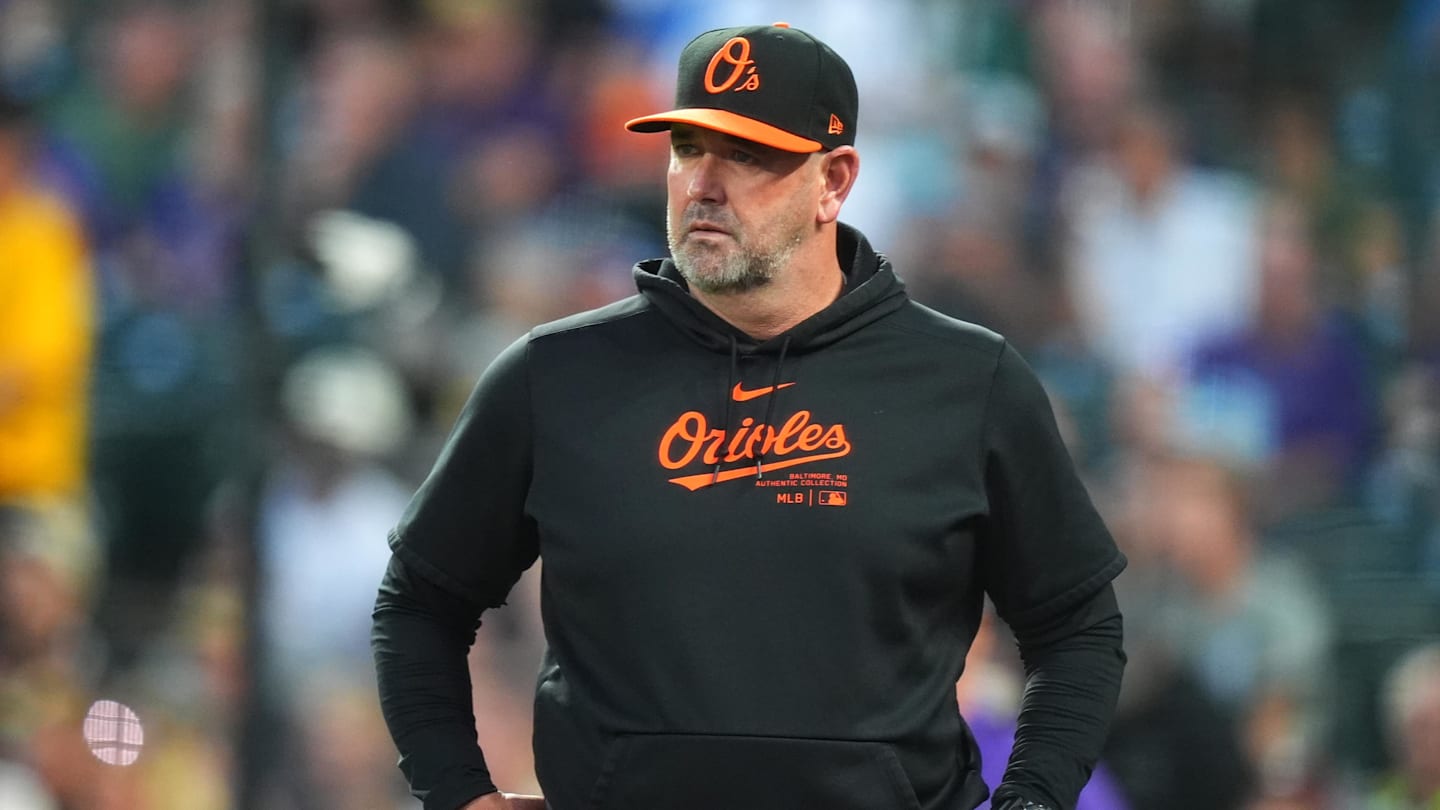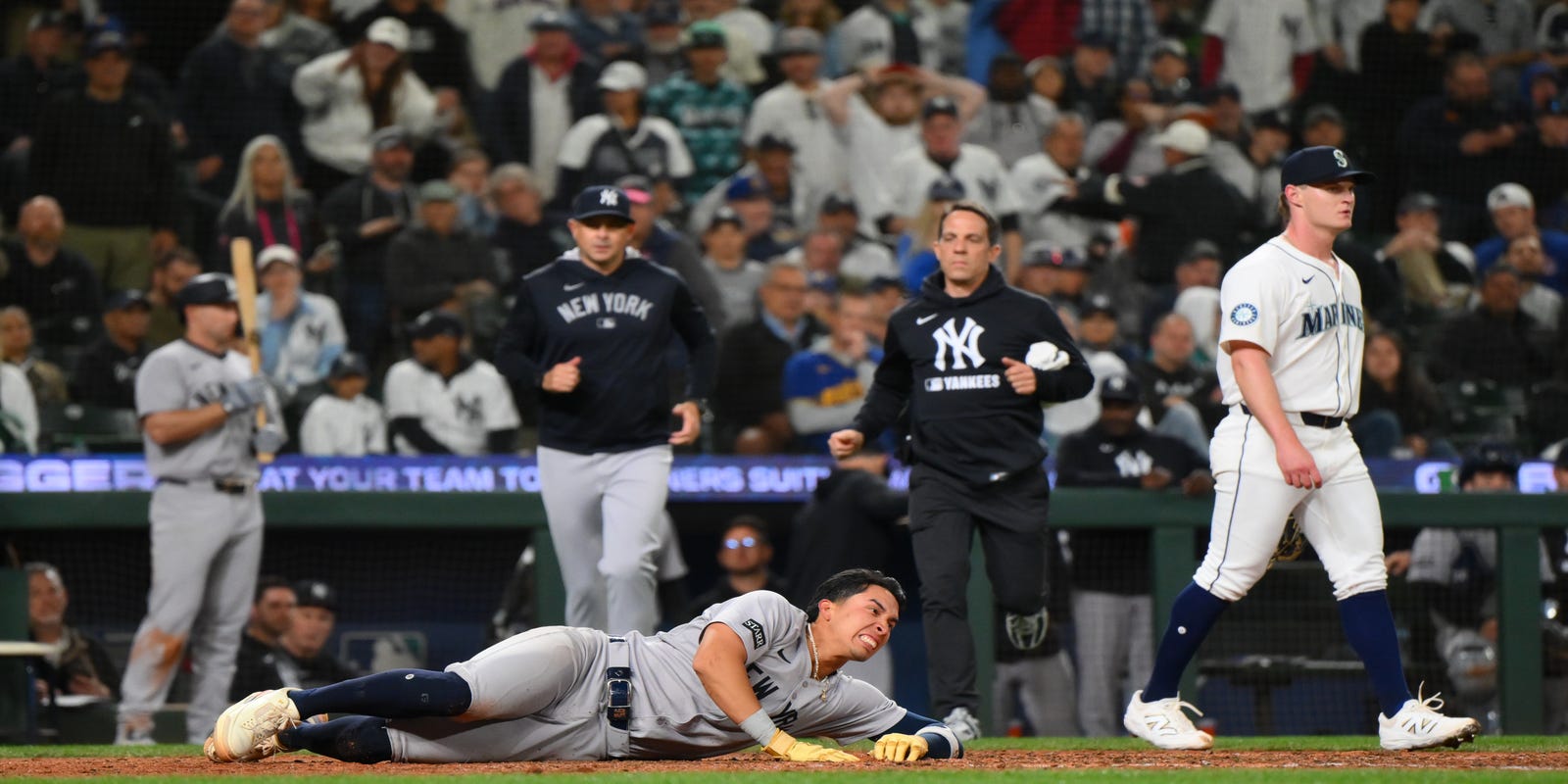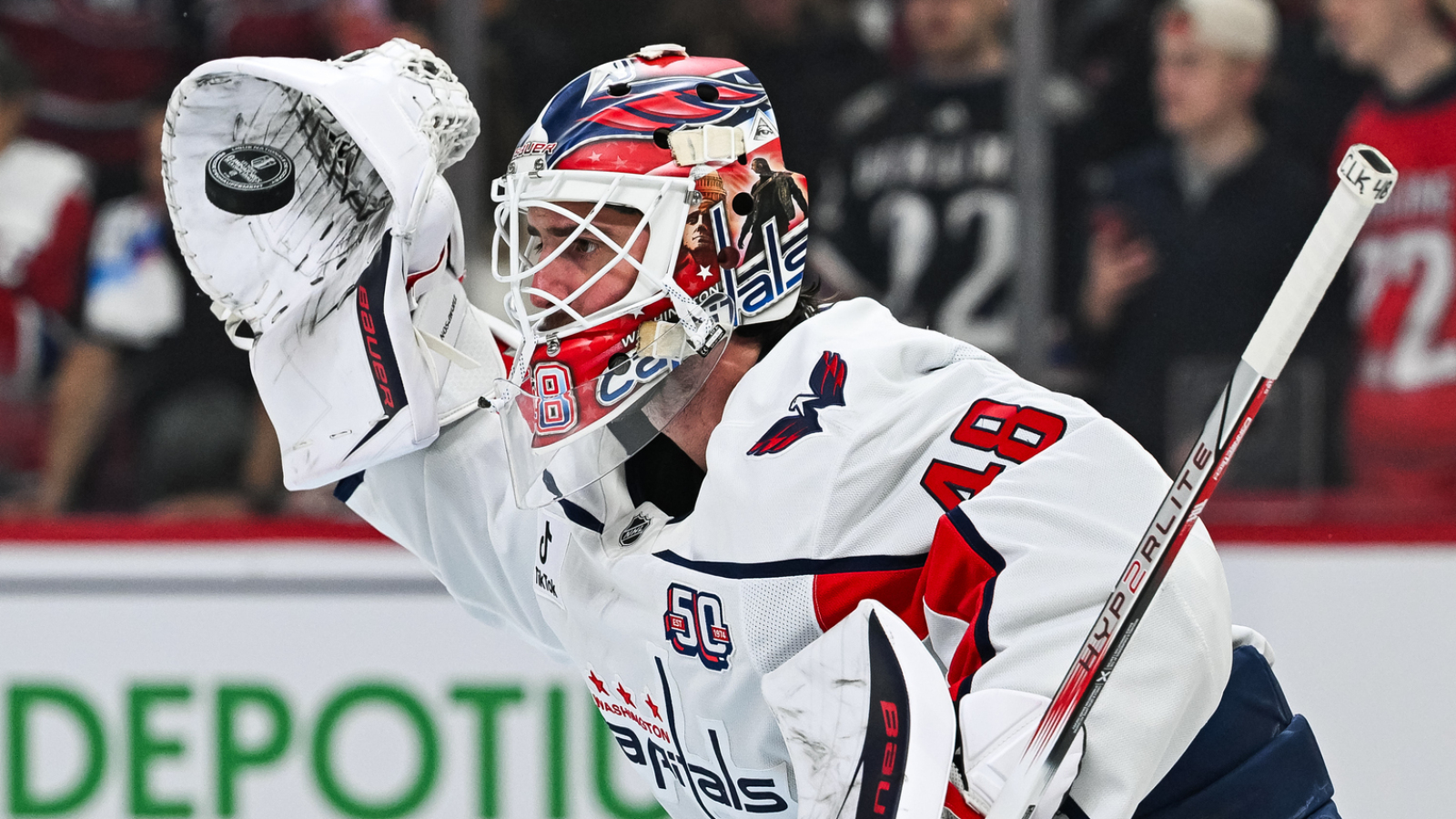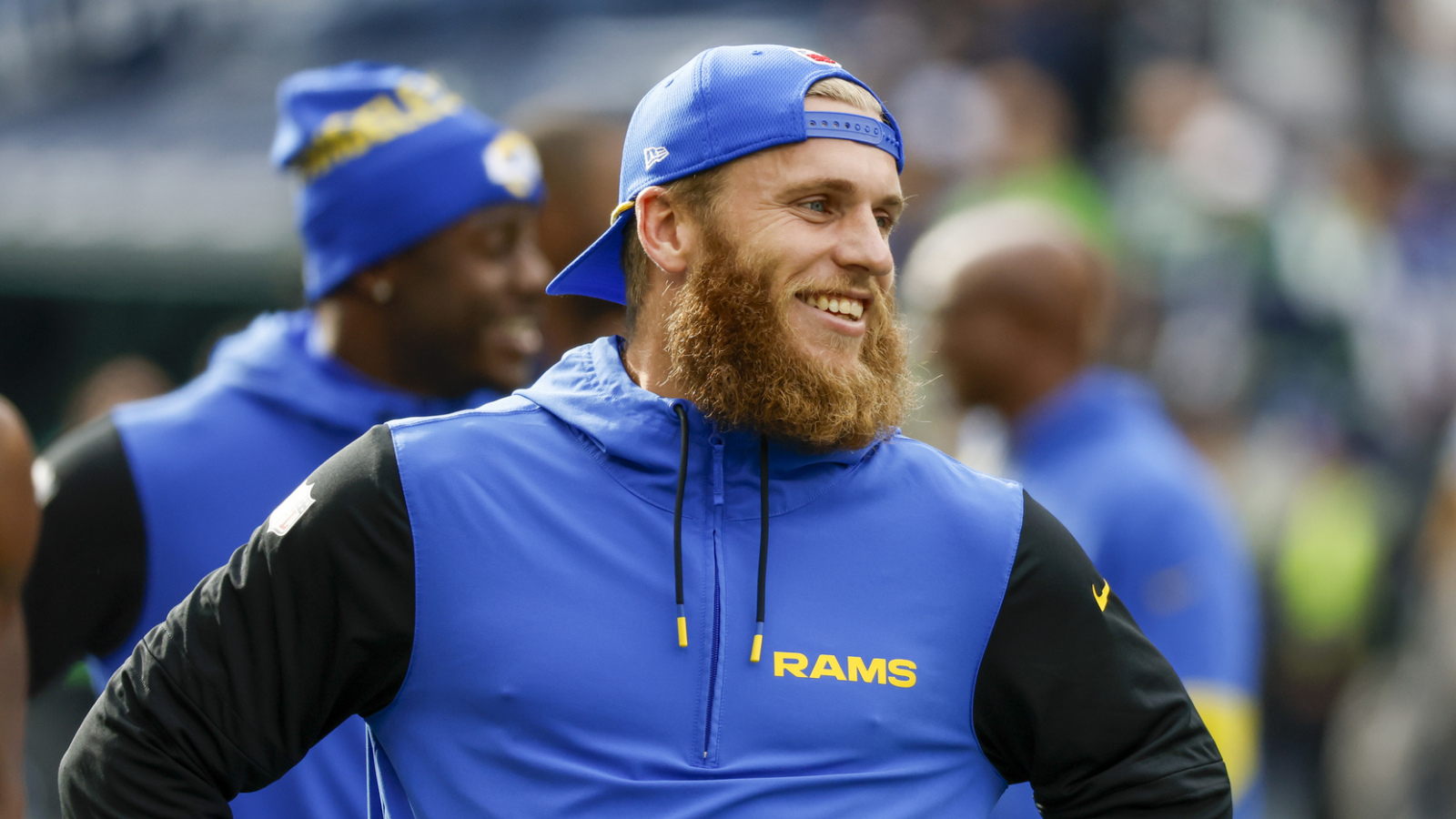There are many ways to lose a baseball game. The Baltimore Orioles, who have been losing them at an astounding clip for nearly a year, invented a new way Friday night. They became the first team to lose a nine-inning game with 20 baserunners but only three runs and 15 left on base.
“Kind of disbelief, honestly,” was the reaction of manager Brandon Hyde.
Orioles ownership had a more visceral reaction. It fired Hyde.
The precedents of the Pittsburgh Pirates and Colorado Rockies firing their managers this month and the sheer absurdity of the 4–3 loss to the Washington Nationals in their home park pushed owner David Rubenstein and general manager Mike Elias to dump Hyde. In that Friday night debacle, with Rubenstein in the front row, the Orioles also swung and missed 32 times, their most since June 6, 2023, catcher Adley Rutschman jogged after a passed ball, second baseman Jackson Holliday gave up on that passed ball instead of deking runner Nasim Nuñez, which allowed Nuñez another base. Pitcher Gregory Soto misfired comically on a double-play ball and closer Felix Bautista, on a night with his velocity down and getting no whiffs on his 20 pitches, allowed the winning run to score from second base on a ground ball to first as he showed no alertness to the trail runner while covering the bag.
Pitchers work ad nauseum in spring training on covering first and being alert to runners after touching the base. The lack of alertness and fundamentals, like the Rockies’ 21–0 loss that prompted the firing of manager Bud Black, was the breaking point. It prompted Rubenstein and Elias to fire not only Hyde but also coach Tim Cossins, Hyde’s aide-de-camp and field coordinator. It was rock bottom—until the Orioles find more ways to lose, and they will. Coach Tony Mansolino, a noted instructor and the son of another renowned baseball teacher, replaced Hyde.
The Orioles should not be this bad, but they were overrated as a contender. This was not a playoff team to start the year in my estimation. The glow of a breakout 2023 season has long been gone, especially after a miserable trade deadline performance last year (Eloy Jiménez? Trevor Rogers? Really?) followed by a lousy offseason (Charlie Morton to replace Corbin Burnes? Tyler O’Neill and Gary Sánchez? Oof.) The development of many young players, especially Rutschman, who was picked ahead of Bobby Witt Jr. in 2019, Elias’s first draft, has stalled.
In their past 131 games the Orioles are 57–74. Since April of last year, they are 0–54 when trailing by four runs. This year they are 0–23 when trailing after six innings. The team batting average has hit an all-time low in the DH era (.230). Only the Rockies and Miami Marlins have a worse ERA (5.30).
Sure, you can point to injuries to Colton Cowser, Jordan Westburg, Grayson Rodriguez and Andrew Kittredge, but name me a team that doesn’t deal with injuries. That’s why you build a team with depth. The Orioles have done a poor job building depth, especially on the pitching side.
The Orioles have earned every bit of their 15–28 record, the first time they have been 13 games below .500 since 2021, the depth of their rebuild. Only two teams have recovered from a 43-game start that bad to make the postseason: the 1914 “Miracle” Braves and the 2005 Houston Astros. Baltimore doesn’t have anything close to the kind of pitching staff to play .600 ball the rest of the way required to make that possible. Their pitchers have allowed the highest slugging percentage in the majors, and they are 25th in strikeout rate. They lack pure stuff even when at full health to be a playoff team.
Elias said in a statement: “As the head of baseball operations, the poor start to our season is ultimately my responsibility. Part of that responsibility is pursuing difficult changes in order to set a different course for the future.”
Rubenstein in his statement thanked Hyde for his contributions over six years but added, “However, as is sometimes the case in baseball, change becomes necessary, and we believe this is one of those moments.”
It’s the same execu-speak we heard from the Rockies and Pirates. Managers pay the price for poorly constructed teams. Elias and assistant Sig Mejdal supposedly cracked the code in their days in the Astros’ system when it came to developing pitchers with swing-and-miss stuff. We haven’t seen it in Baltimore. Rubenstein and his $4.1 billion in net worth were supposed to rescue Orioles fans from the slow decline under the ownership of the Angelos family. Rubenstein did increase the payroll but did so more on the margins for players such as O’Neill (three years, $49.5 million), a platoon player who is hurt so often he has taken 500 plate appearances in a season just once. He is hitting .188 this year.
Managers must bear responsibility for how teams are prepared and how they play when it comes to alertness and fundamentals. The Orioles failed that test Friday night and too many other nights, as well. But player acquisition and roster construction are on the front office. And while the Orioles thought they had a contending club, the truth is they are not.
The demise of the 2024–25 Orioles and the window that never was is another example of why front offices need to stop talking about building “sustainable winners.” Windows for most clubs, other than the richest few, open and close quickly. When one does open, as it did for the Orioles in 2023, teams need to pour their resources into the moment rather than trying to foolishly think they can sustain success. Think the 2015 Royals getting veterans Johnny Cueto and Ben Zobrist to finish off that core group.
The Orioles still have a talented core, with players such as Gunnar Henderson, Cowser, Westburg and Rutschman (though his .221 average over the last calendar year is alarming). But it is now painfully obvious they need to do more to build around it.



